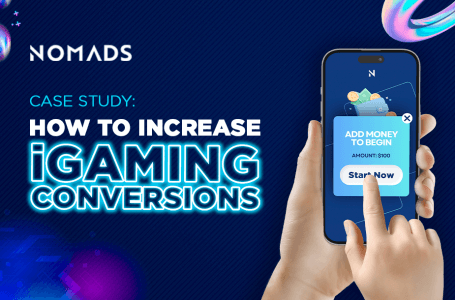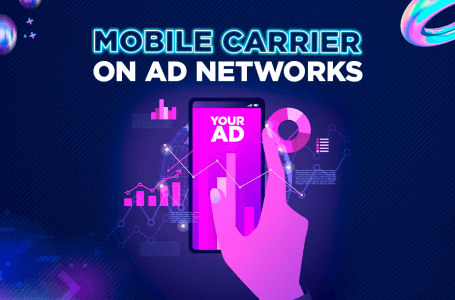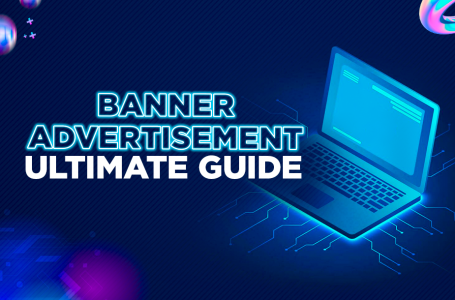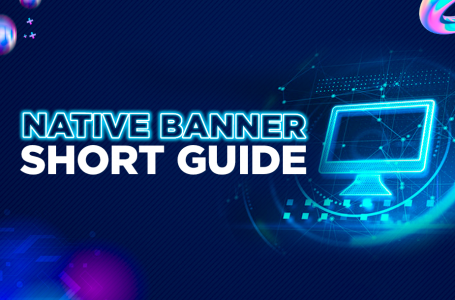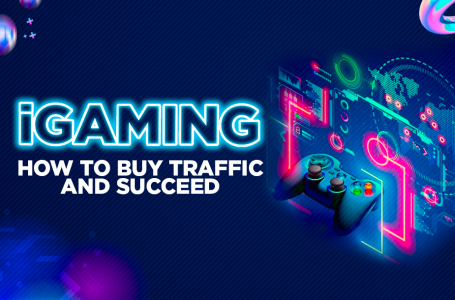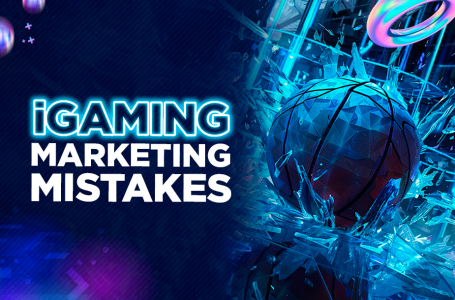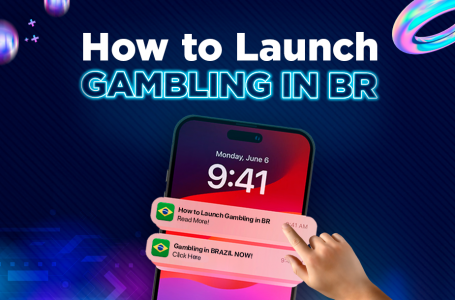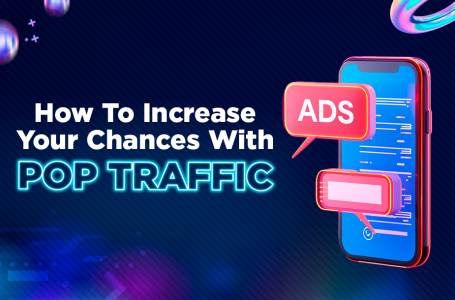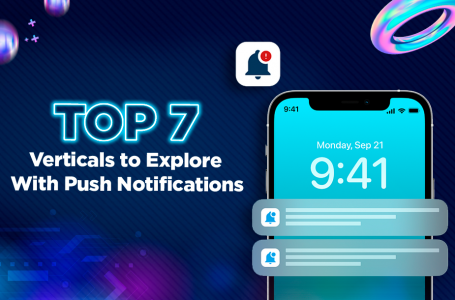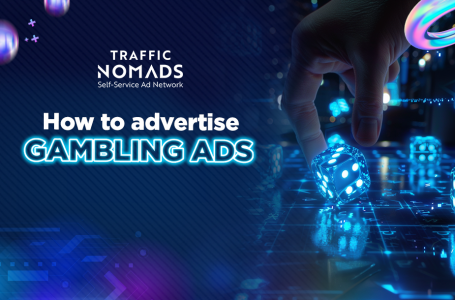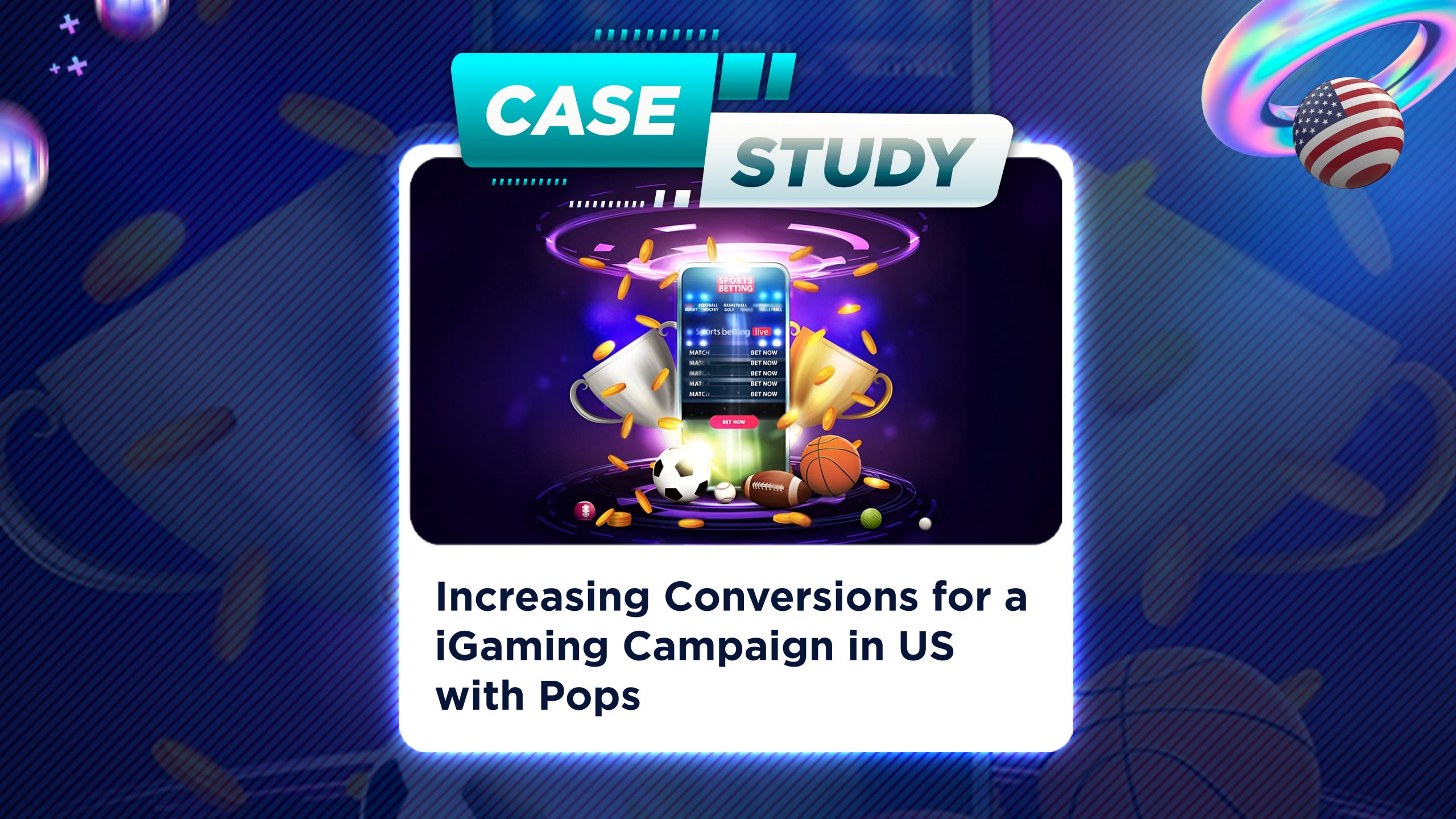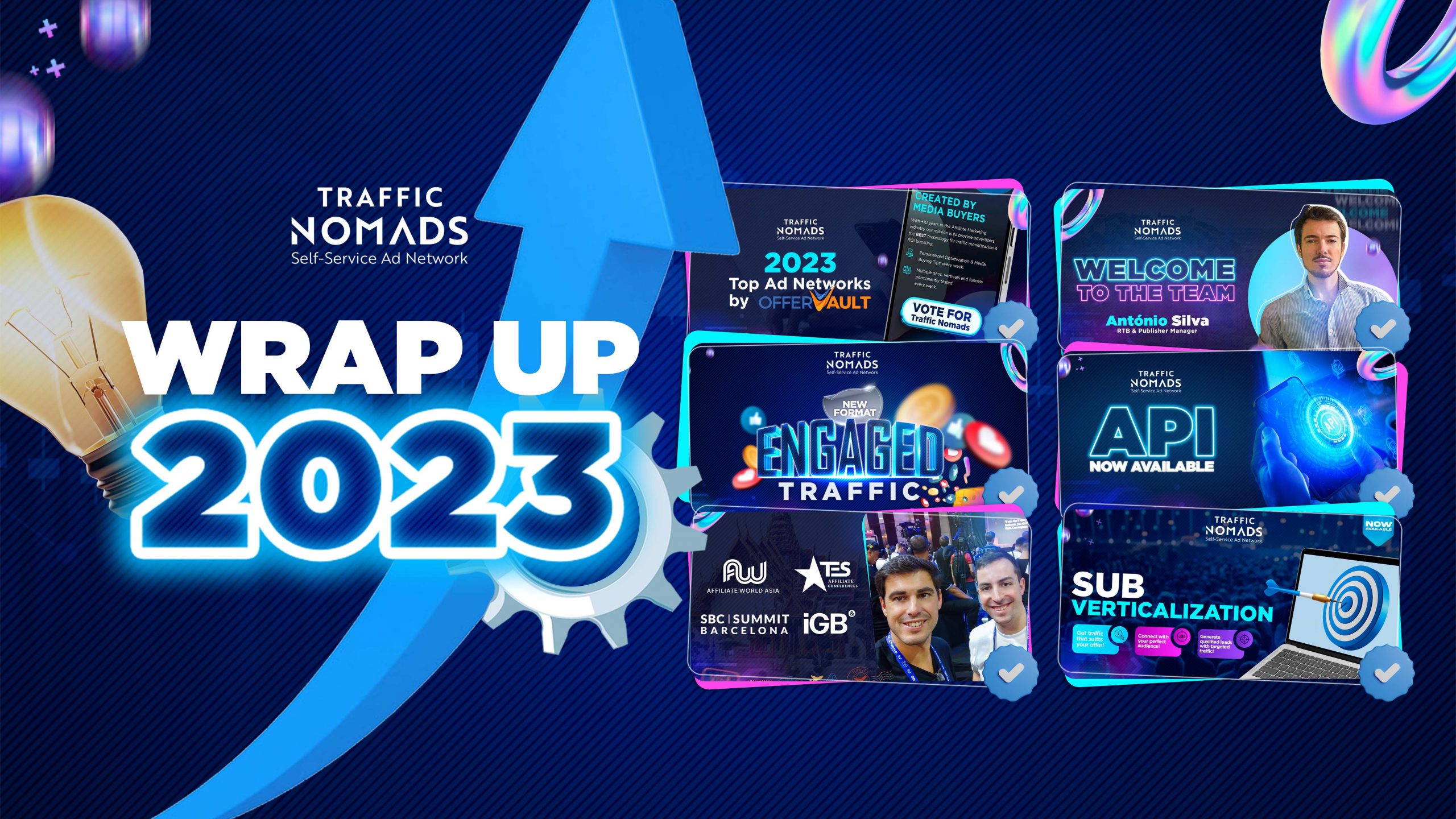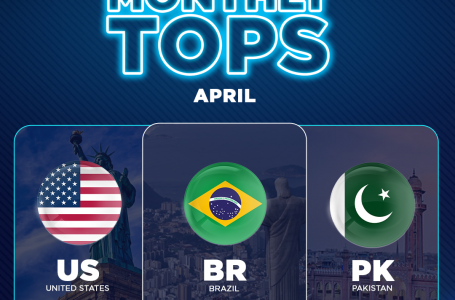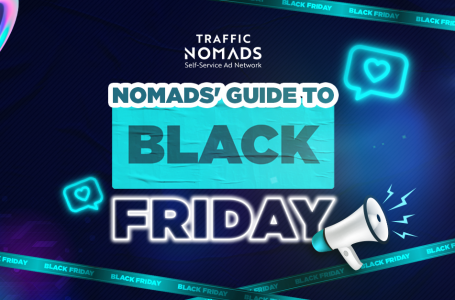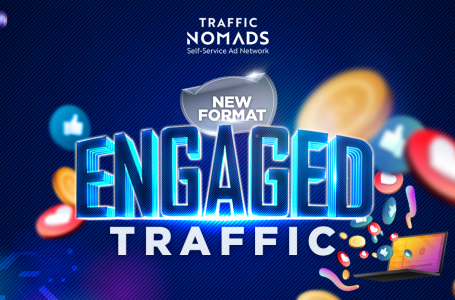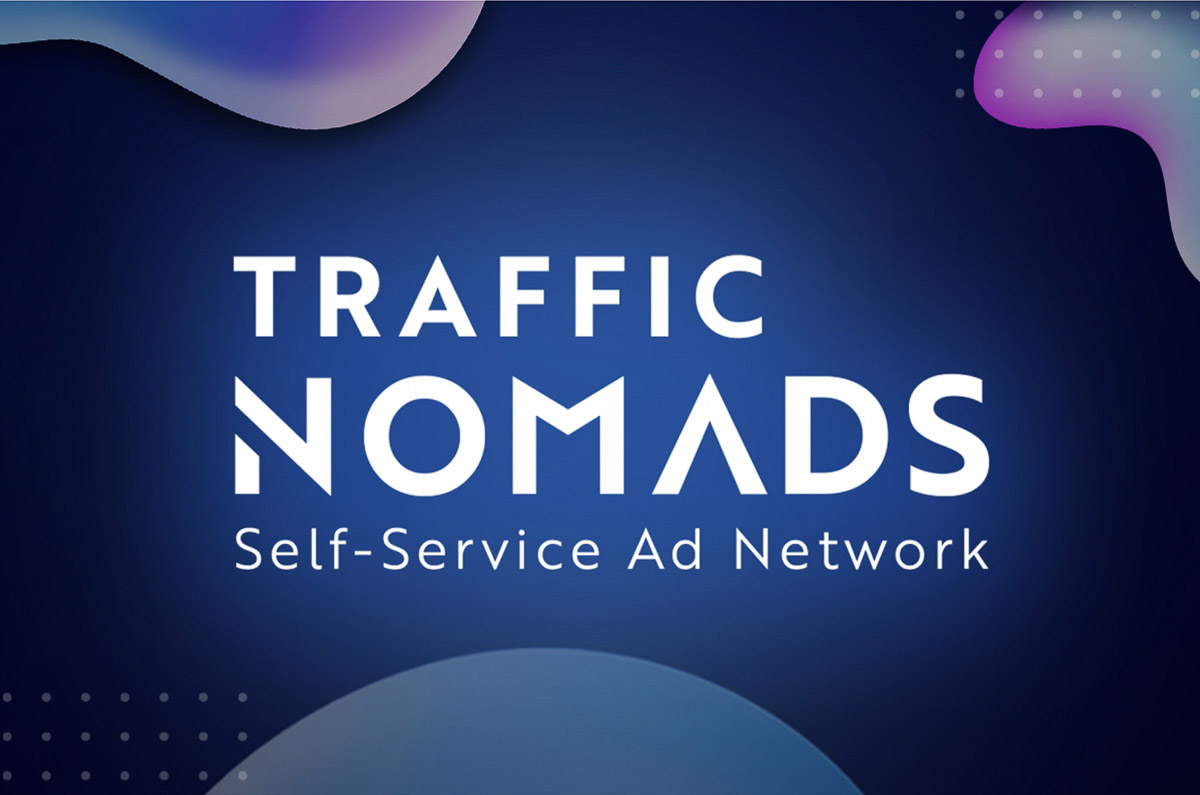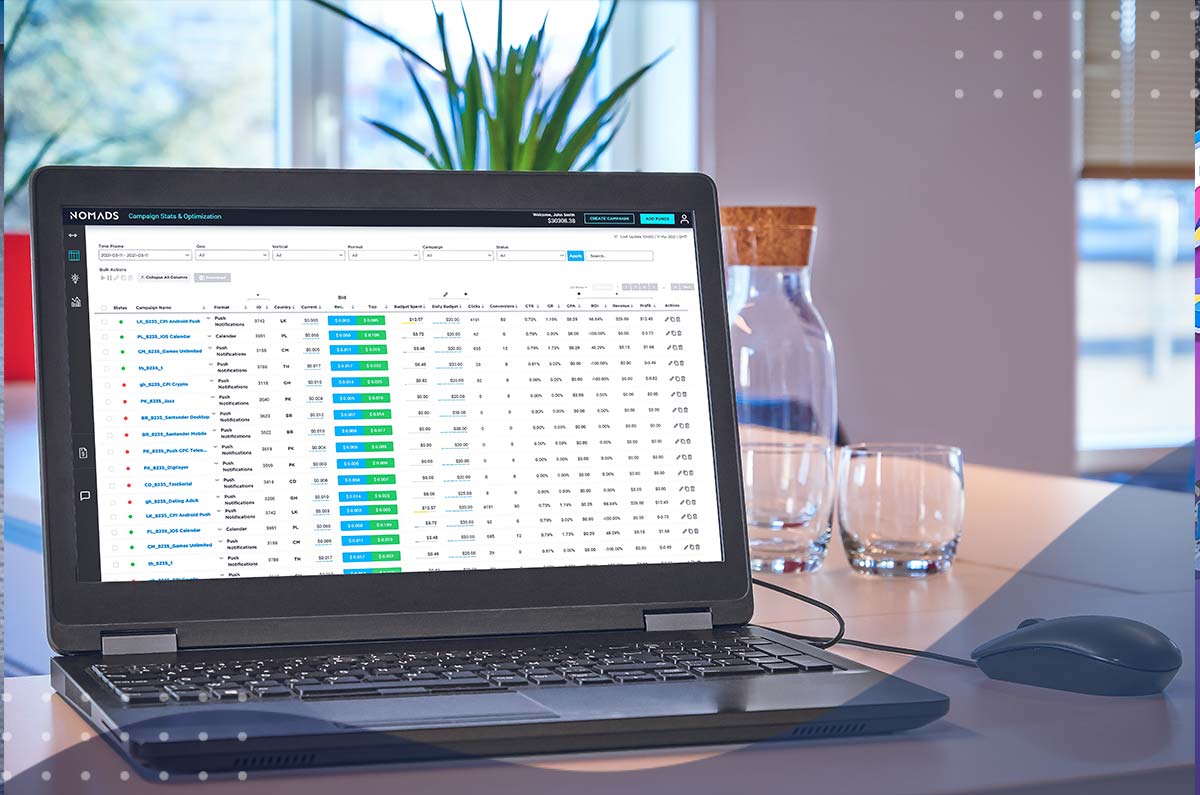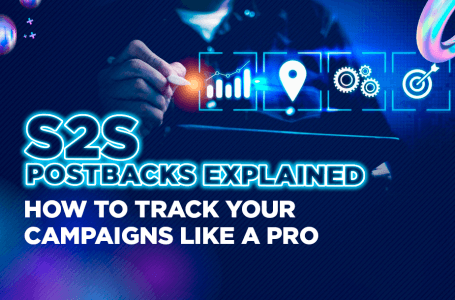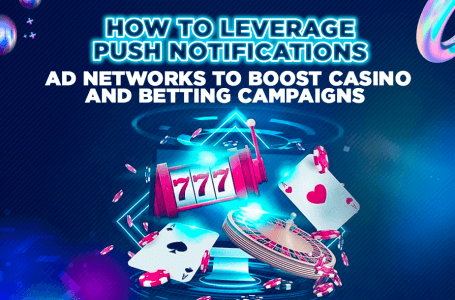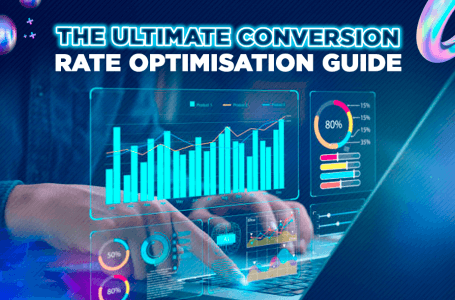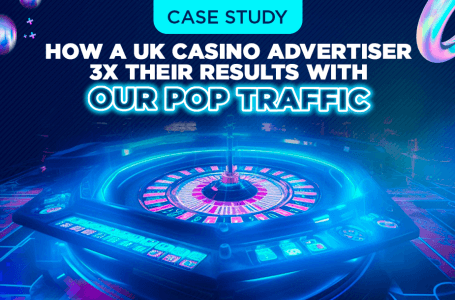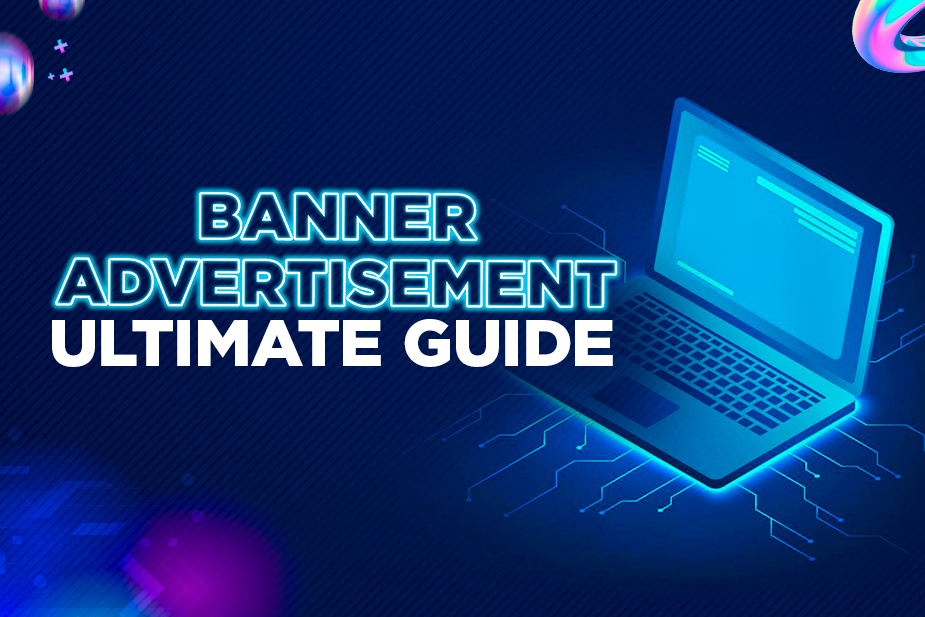
Are you tired of banner ads that fail to grab attention and generate results? Look no further. In this guide, we will show you how every detail of banner advertising, from developing a winning strategy to achieving great results.
Banner advertising can be a highly effective way to reach your target audience and drive engagement. However, without the right approach, it can also be a wasted investment. That’s why we’re here to help you navigate the complexities of this advertising format.
From understanding the psychology behind banner design to selecting the perfect placement for maximum visibility, we will cover everything you need to know. You’ll learn how to craft captivating visuals, write compelling copies, and optimize your campaigns for optimal performance.
Understanding banner advertising
Banner advertising is a form of digital advertising where businesses display their marketing messages, products, or services on websites, apps, or other digital platforms. These ads typically appear as rectangular images or graphics placed strategically on web pages to catch the attention of the viewer.
The history of banner advertising can be traced back to the early days of the internet, when the first banner ad was displayed on the website of the HotWired magazine in 1994. Since then, banner advertising has evolved significantly, with advancements in technology, targeting capabilities, and creative strategies.
Today, banner ads come in various shapes, sizes, and formats, including static images, animated GIFs, and even rich media ads with interactive elements. They can be used to drive a wide range of marketing objectives, from brand awareness and product promotion to lead generation and direct sales. Understanding the fundamentals of banner advertising is crucial for any marketer or business looking to take the most of it.
The benefits of banner advertising
One of the primary benefits of banner advertising is its ability to reach a large and targeted audience. By strategically placing your ads on websites and platforms frequented by your target customers, you can effectively expose your brand, products, or services to a highly relevant and engaged audience.
Another key advantage of banner advertising is its versatility. Businesses can use banner ads to achieve a wide range of marketing goals, from increasing brand visibility and building brand recognition to driving website traffic, generating leads, and even driving direct sales. This flexibility allows you to tailor your banner ad campaigns to your specific business objectives.
Moreover, banner advertising offers measurable results, allowing you to track and analyze the performance of your campaigns. With access to detailed metrics such as click-through rates (CTR), impressions, and conversions, you can continuously optimize your banner ad strategies to improve their effectiveness and return on investment (ROI).
Types of banner ads
Banner ads come in a variety of formats and sizes, each with its own unique characteristics and advantages. Some of the most common types of banner ads include:
- Standard banners: These are the traditional rectangular banner ads that are typically displayed at the top or bottom of a web page. They come in a range of standard sizes, such as 300×100 and 300×250 pixels.
- Skyscraper banners: Tall and narrow, skyscraper banners are usually placed on the sides of a web page, often in the form of a vertical ad unit. They are typically 160×600 pixels or 120×600 pixels in size.
- Interstitial ads: These are full-page ads that appear between content pages, often when a user navigates to a new section of a website. Interstitial ads are designed to capture the user’s attention and can be highly effective for certain marketing objectives.
- Rich media ads: Rich media ads incorporate interactive elements, such as videos, animations, or even games, to create a more engaging and immersive advertising experience for the viewer.
- Retargeting ads: Retargeting ads are a special type of banner ad that targets users who have previously interacted with your website or online content. These ads are designed to re-engage potential customers and encourage them to take a specific action, such as making a purchase or signing up for a newsletter.
Creating an effective banner ad strategy
Developing a successful banner ad strategy requires a multi-faceted approach that takes into account various factors, including your marketing objectives and the target audience. Here are some key steps to consider when creating an effective banner ad strategy:
- Define your marketing objectives: Start by clearly defining your marketing goals, whether it’s increasing brand awareness, driving website traffic, generating leads, or boosting sales. This will help you align your banner ad strategy with your overall business objectives.
- Identify your target audience: Conduct thorough research to understand your target audience, including their demographics, interests, online behavior, and pain points. This information will be crucial in selecting the right placements, creating compelling ad creatives, and targeting your banner ads effectively.
- Conduct competitive analysis: Analyze your competitors’ banner ad strategies to identify best practices, common pain points, and opportunities for differentiation. This will help you develop a unique and impactful approach that sets your brand apart.
- Determine your banner ad placements: Choose the most suitable websites, platforms, and ad placements to reach your target audience. Consider factors such as ad visibility, audience relevance, and cost-effectiveness when making your selections.
- Develop a creative strategy: Craft visually appealing and attention-grabbing banner ads that align with your brand identity and resonate with your target audience. Experiment with different design elements, messaging, and calls-to-action to optimize your creative approach.
- Implement a comprehensive testing and optimization plan: Continuously test and refine your banner ad campaigns, using data-driven insights to identify the most effective ad variations, placements, and targeting strategies. This will help you maximize the performance and ROI of your banner advertising efforts.
Designing compelling banner ads
Designing effective banner ads is a crucial component of a successful banner advertising strategy. Your banner ad’s visual appeal, messaging, and overall design can make the difference between capturing the viewer’s attention and getting lost in the digital noise. Here are some key considerations for designing compelling banner ads:
- Attention-grabbing visuals: Use high-quality, visually striking images or graphics that immediately capture the viewer’s interest. Incorporate bold colors, eye-catching graphics, and clear branding elements to make your banner ad stand out.
- Concise and compelling copy: Create a clear, concise, and persuasive message that communicates the key benefits of your product or service. Avoid lengthy text and focus on delivering a powerful call-to-action that encourages the viewer to take the desired action.
- Consistent branding: Ensure that your banner ad aligns with your overall brand identity, including the use of consistent color schemes, typography, and visual elements. This helps to reinforce your brand recognition and build trust with the viewer.
- Responsive design: Optimize your banner ads for various screen sizes and devices, ensuring that they display correctly and maintain their visual impact across different platforms and devices.
- Incorporation of interactive elements: Consider adding interactive elements, such as animations, or even video, to create a more engaging and memorable advertising experience.
- Adherence to ad specifications: Ensure that your banner ad designs adhere to the specific size, file format, and other technical requirements of the platforms and publishers where you plan to display your ads.
- A/B testing: Continuously test different design variations, messaging, and call-to-action elements to identify the most effective combination that resonates with your target audience.
By following these design principles, you can create banner ads that capture the attention of your target audience, communicate your key messaging effectively, and ultimately drive the desired actions and conversions.
Tracking and measuring the success of your banner ads
Measuring the performance of your banner advertising campaigns is crucial for understanding their effectiveness and identifying areas for improvement. By tracking key metrics and analyzing the data, you can make informed decisions to optimize your banner ad strategies and achieve better results. Here are some key metrics to consider when evaluating the success of your banner ads:
- Impressions: The total number of times your banner ad is displayed to users. This metric provides insights into the reach and visibility of your advertising efforts.
- Click-through rate (CTR): The percentage of users who click on your banner ad after it is displayed. A higher CTR indicates that your ad is effectively capturing the attention and interest of your target audience.
- Cost per click (CPC) or cost per mille (CPM): The cost associated with each click or 1,000 impressions of your banner ad. These metrics help you understand the efficiency and cost-effectiveness of your advertising spend.
- Conversion rate: The percentage of users who take the desired action, such as making a purchase, filling out a form, or signing up for a newsletter, after clicking on your banner ad. This metric is crucial for evaluating the overall effectiveness of your advertising efforts in driving tangible results.
- Return on investment (ROI): The ratio of the revenue or value generated from your banner ad campaign to the cost of the campaign. This metric helps you assess the overall profitability and success of your advertising efforts.
- Dwell time: The average amount of time users spend engaging with your banner ad. This can provide insights into the level of interest and engagement your ad is generating.
- Bounce rate: The percentage of users who click on your banner ad but immediately leave your website or landing page. A high bounce rate may indicate that your ad is not effectively driving the desired actions or that your landing page needs improvement.
To effectively track and measure the success of your banner ads, consider implementing robust analytics and tracking solutions, such as Voluum or Binom
Tips for optimizing your banner ad campaigns
Optimizing your banner ad campaigns is an ongoing process that requires continuous testing, analysis, and refinement and what might work for some might not work for others, and the other way around. By implementing the following tips, you can improve the performance and effectiveness of your banner advertising efforts:
- Experiment with different ad formats and sizes: Test various banner ad sizes, shapes, and formats to determine which ones resonate best with your target audience. This can include experimenting with static images, animated GIFs, or even rich media ads.
- Rotate and refresh your ad creative: Regularly update and rotate your banner ad creative to keep it fresh and engaging. This can help prevent ad fatigue and maintain the interest of your target audience.
- Leverage A/B testing: Conduct A/B testing to compare the performance of different ad variations, such as different images, copy, calls-to-action, or landing pages. This will help you identify the most effective elements for your banner ads.
- Optimize for mobile: Ensure that your banner ads are optimized for mobile devices, as a significant portion of your audience is likely accessing content on the go. This includes ensuring that your ads are responsive, load quickly, and provide a seamless user experience.
- Analyze and act on data insights: Closely monitor the performance metrics of your banner ad campaigns, such as impressions, clicks, conversions, and ROI. Use these insights to identify areas for improvement and make data-driven decisions to optimize your strategies.
Conclusion
In the ever-evolving digital landscape, banner advertising remains a powerful and versatile marketing tool for businesses of all sizes. By understanding the fundamentals of banner advertising, crafting compelling ad designs, and implementing strategic targeting and optimization techniques, you can get the full potential of this advertising format and achieve great results.
